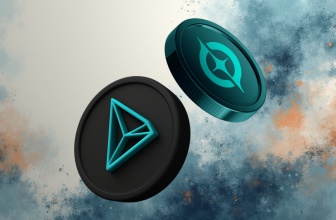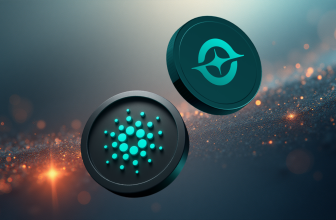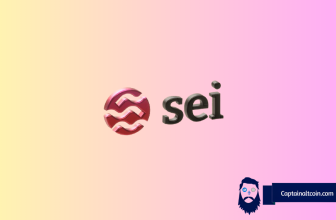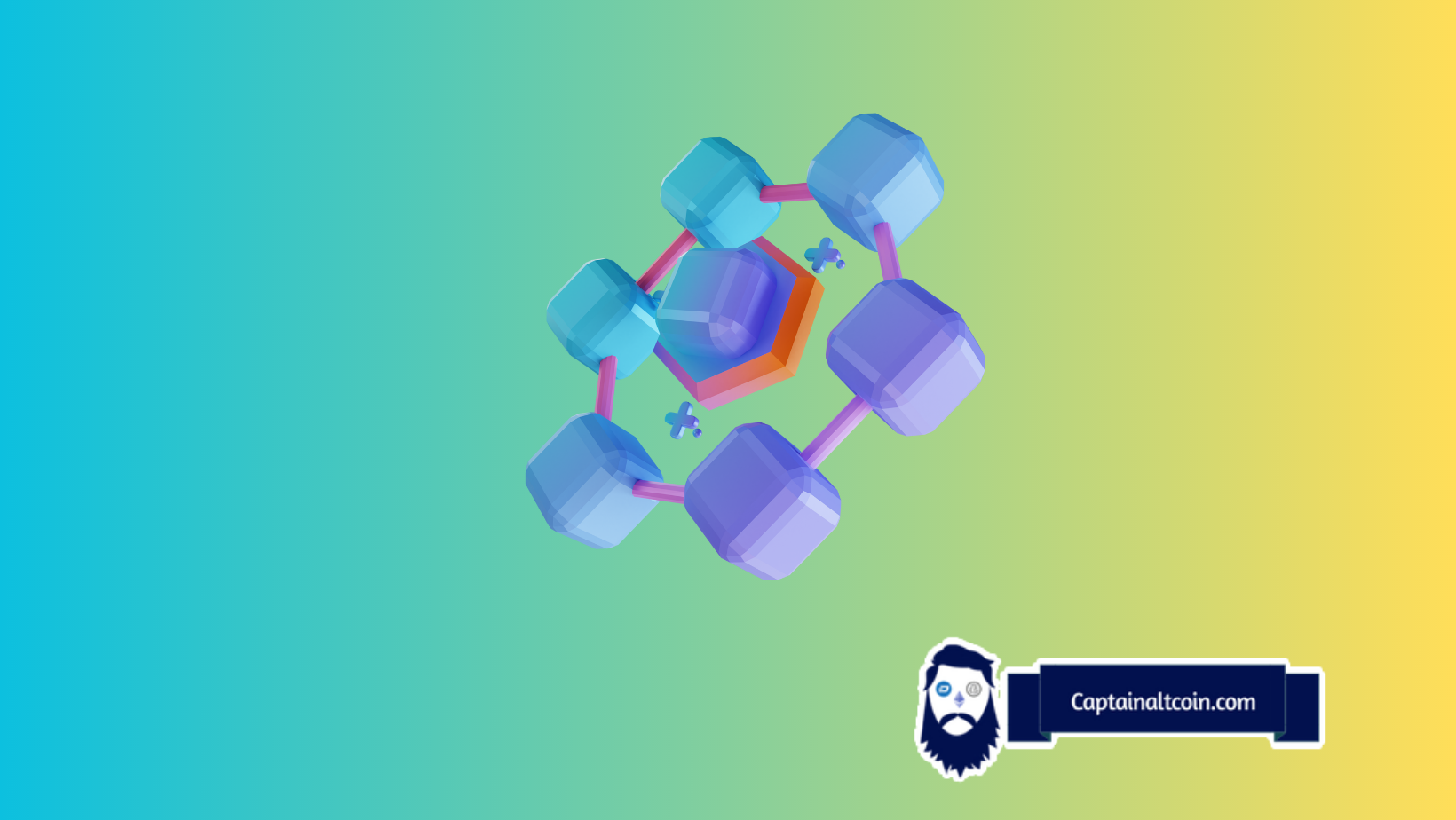
The recent hour-long pause of Arbitrum One’s batch poster has reignited debate on the role of layer 2 solutions. Arbitrum operates as a scaling solution built on top of Ethereum. But some argue the incident shows the need to keep improving base layer chains.
Arbitrum batches transactions off-chain before posting to Ethereum for security. When the batcher halted due to fee issues, certain functions relying on it were disrupted.
1/ Was Arbitrum One down for an hour? No
— Harry Kalodner (💙,💙) (@hkalodner) August 18, 2023
Did the batch poster stop posting for an hour? Yes
What does this all mean? 🧵
However, Arbitrum’s community maintains the network operated normally during the incident. They say the batcher pause didn’t affect most users and proved Arbitrum’s resilience.
Others contend both layer 1 and layer 2 scaling solutions will play important roles. They point out that even if alternative L1s progress, Ethereum will remain the base for Web3 development. Layer 2 solutions like Arbitrum will be key to leveraging Ethereum’s security and liquidity.
While layer 1 chains aim for higher throughput and lower fees, they can’t match Ethereum’s network effects overnight. Meanwhile, L2s inherit Ethereum’s security today but must minimize points of failure.
From this perspective, the path forward relies on both better base layer chains and optimized rollup architectures. The Arbitrum batcher stoppage raises valid concerns but development continues to enhance both layer 1 and layer 2 solutions.
What you'll learn 👉
Solana’s Controversial History
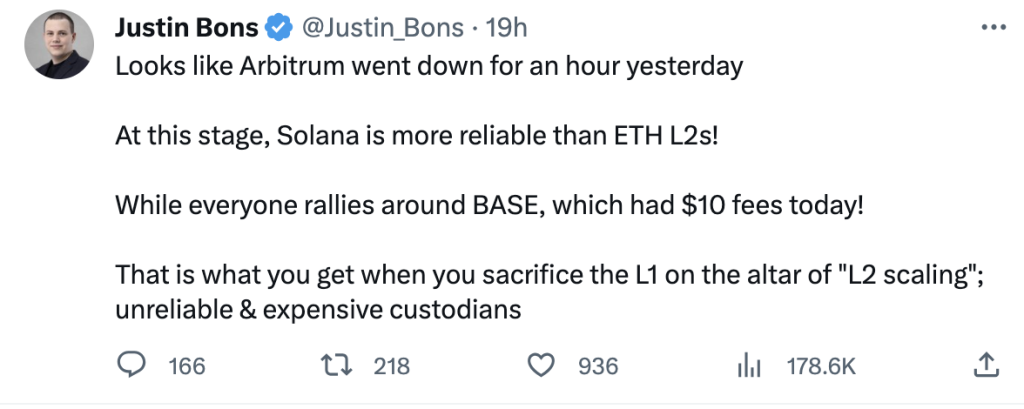
For critics, this glitch reveals potential centralization and vulnerability in layer 2 architectures that ultimately depend on Ethereum. They argue for continuing to scale chains like Solana at layer 1 to avoid these pitfalls.
Solana’s performance and reliability have been marred by controversy. Some have highlighted a series of lies, fraud, and deceptions by Solana, including discrepancies in the total circulating supply. Others have pointed out Solana’s frequent downtime, failures, hacks, and scandals, painting a colorful history of the platform.
The Future of Blockchain Scaling
The future of blockchain scaling is a hot topic, with some advocating for L2 solutions and others resisting this narrative. The debate centers around whether blockchains can scale to meet global demand without sacrificing decentralization. Some argue that L2 solutions are ineffective, expensive, and bad for users, while others see them as the way forward.
Conclusion
The recent discussions within the cryptocurrency community have opened up a plethora of debates and opinions on various aspects of the industry. From the reliability of specific platforms to the future of blockchain scaling, the conversations are far from over. As the landscape continues to evolve, the community’s insights and critiques will undoubtedly shape the direction of cryptocurrencies and the underlying technologies. The future belongs to those who dare to question, explore, and innovate.
This debate shows scaling progress requires both on-chain and off-chain advances. While the Arbitrum incident renewed doubts about layer 2 reliance, proponents maintain hybrid solutions will define how blockchains scale to mainstream adoption.



